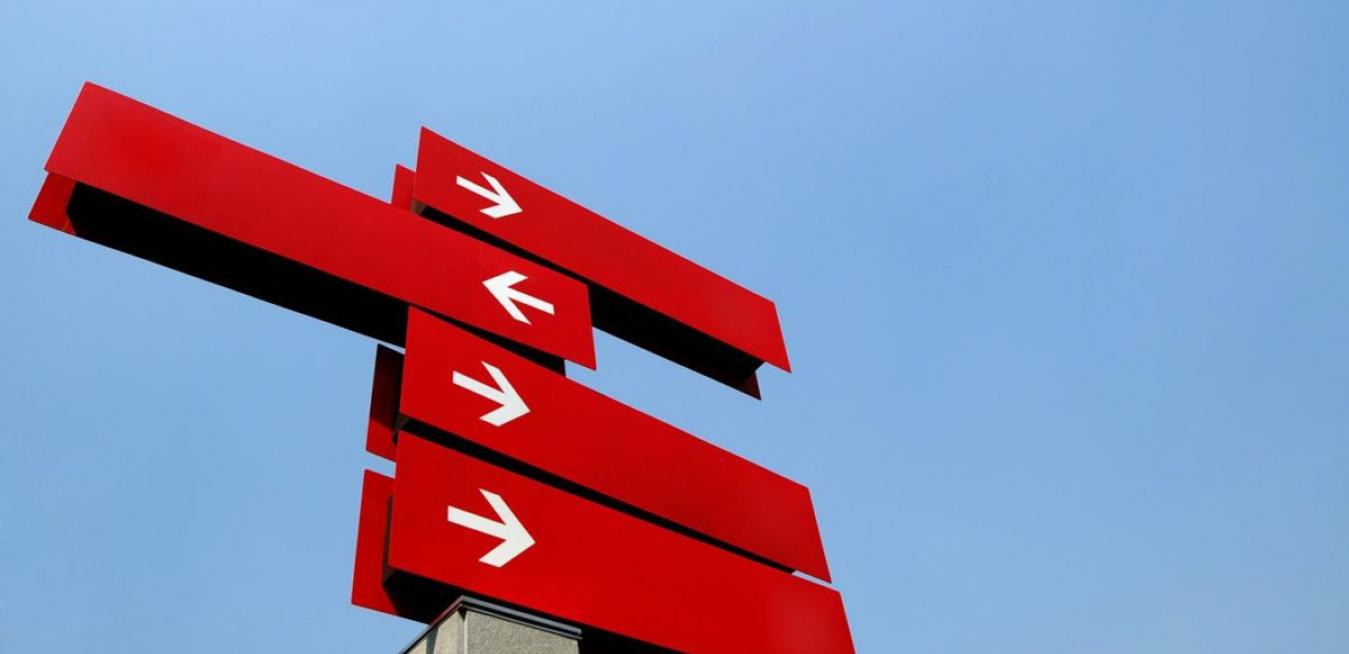We’ve asked media, entrepreneurs and thought leaders from Australia and beyond to look into the crystal ball to tell us what’s on their minds.
Here are their predictions for our world in 2014.
Clive Mathieson
Editor, The Australian on the media industry
 Monocle on the future of our cities
Monocle on the future of our cities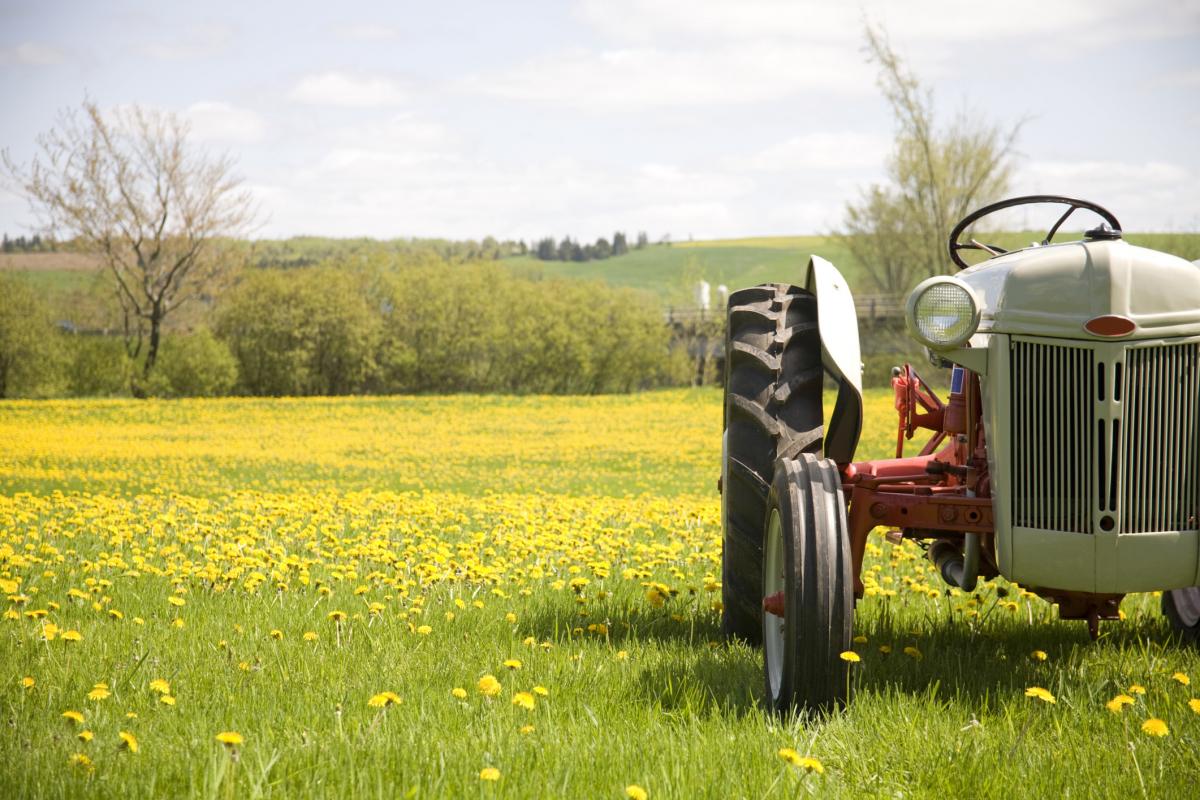 Museum of Contemporary Art Australia on digitisation of art
Museum of Contemporary Art Australia on digitisation of art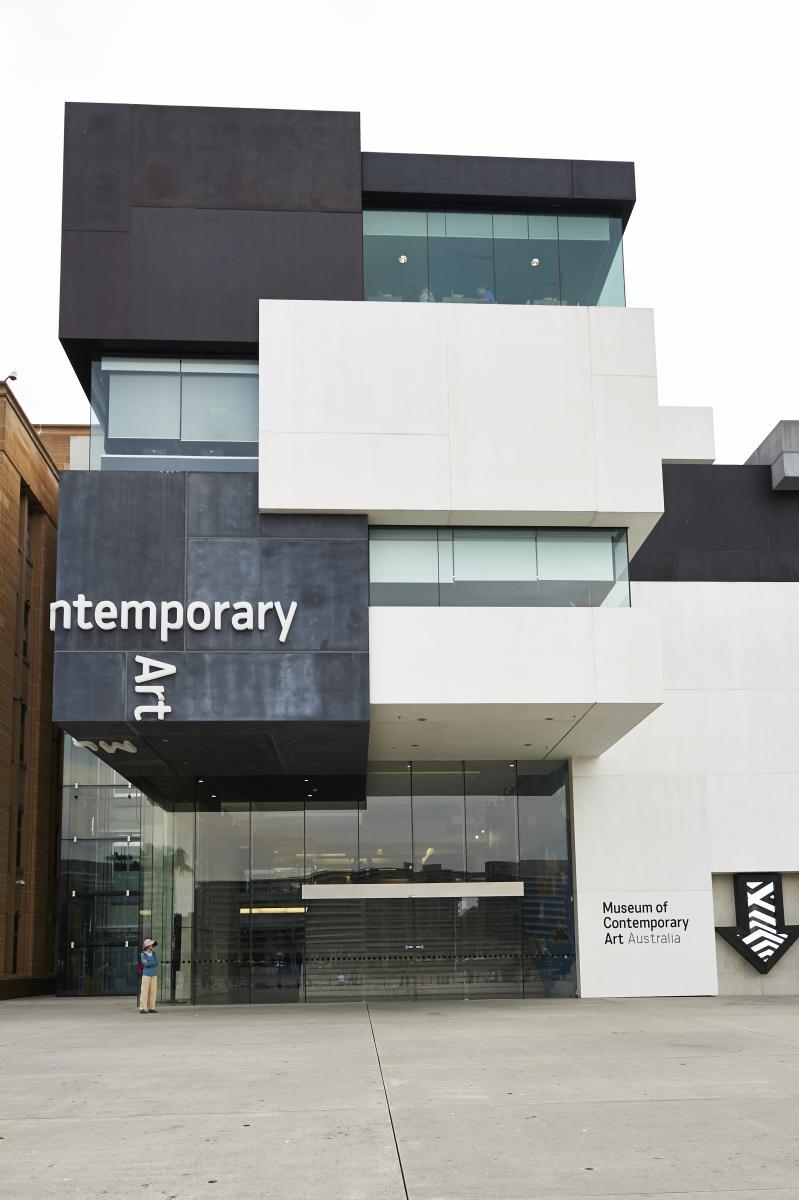 Freelancer.com on wearable technology
Freelancer.com on wearable technology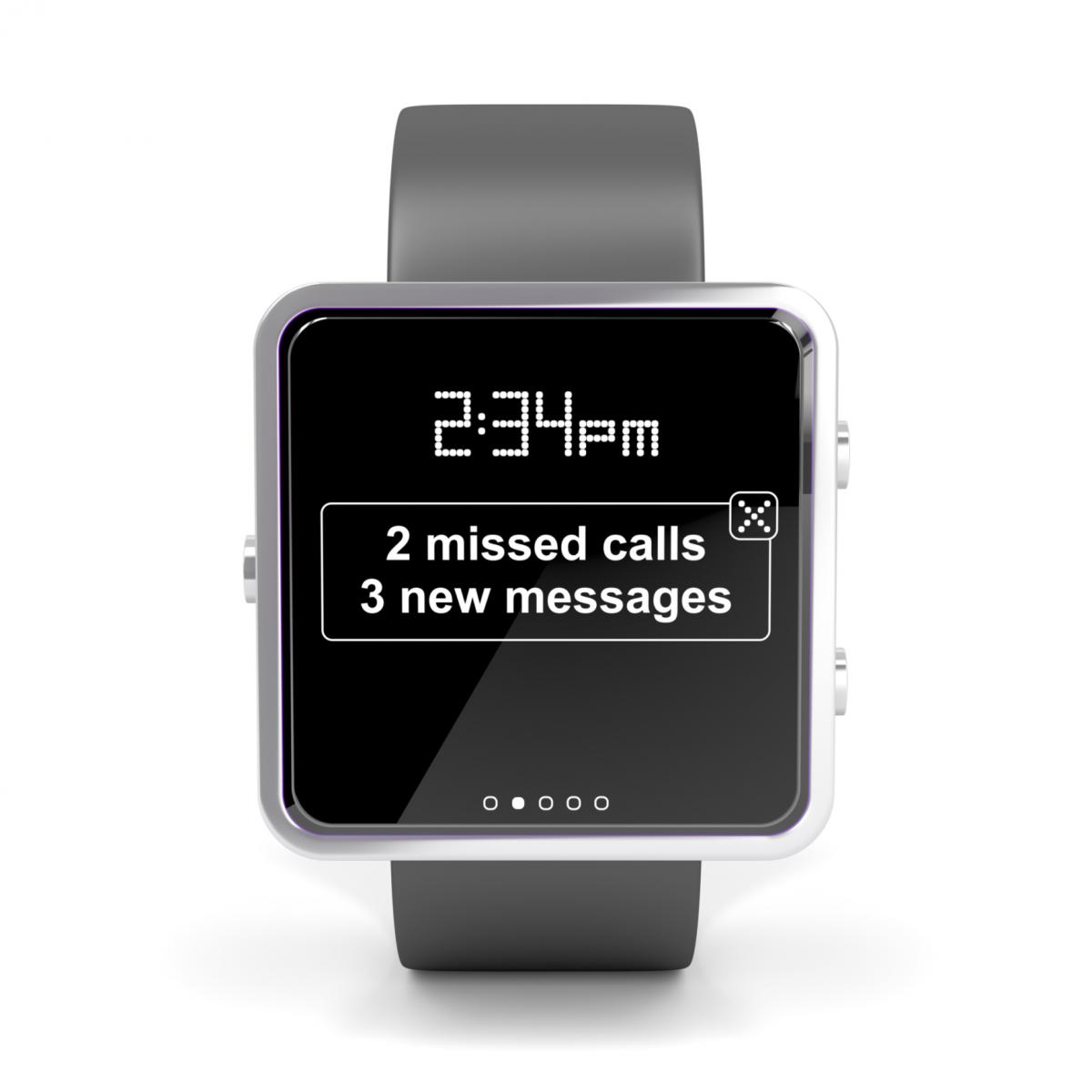 Pollenizer on the internet of things
Pollenizer on the internet of things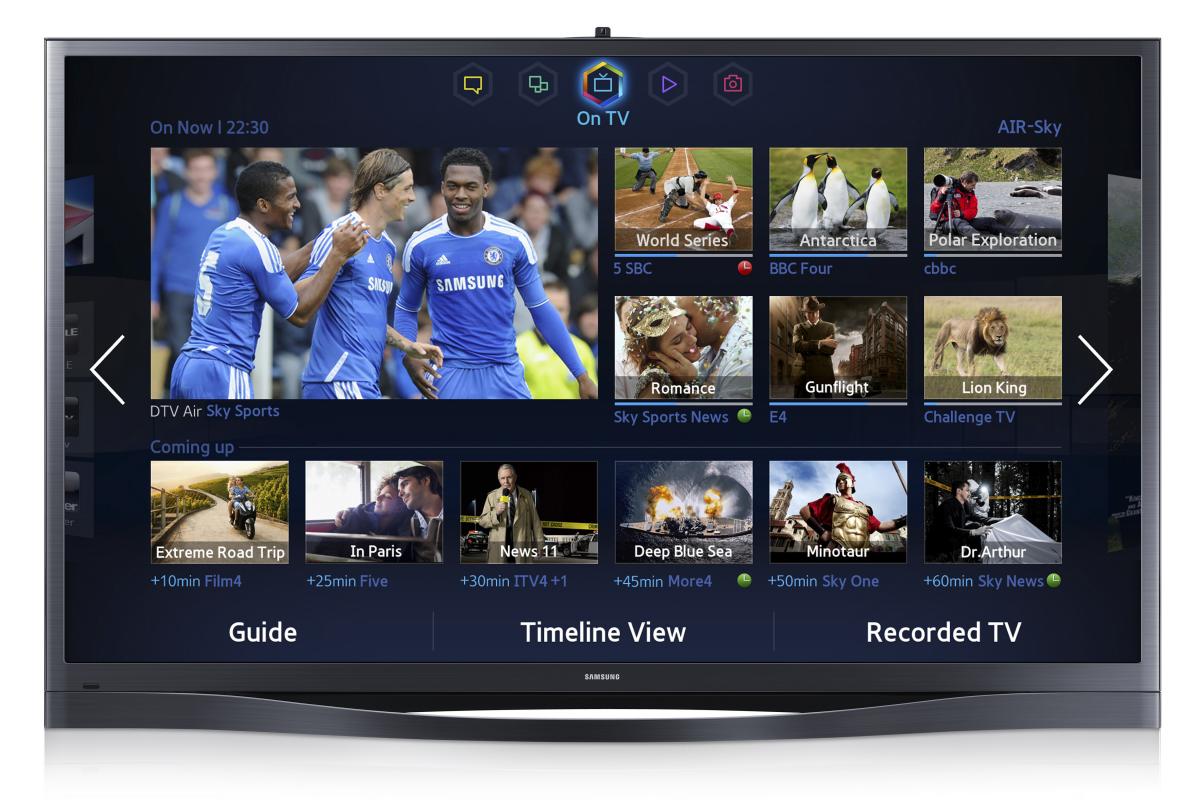 Explore Engage on augmented reality
Explore Engage on augmented reality The Enterprise Network for Young Australians on entrepreneurship
The Enterprise Network for Young Australians on entrepreneurship G20.
G20.Amanda Stanaway
Principal, Woods Bagot on technology re-defining business
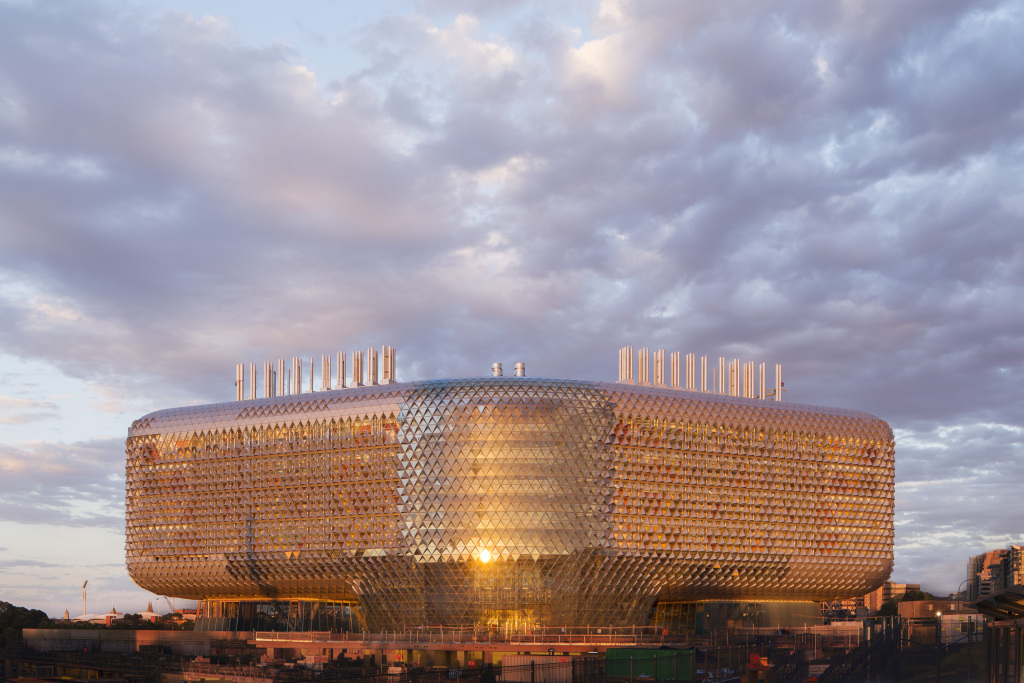 School of Architecture, University of Technology Sydney on robots
School of Architecture, University of Technology Sydney on robots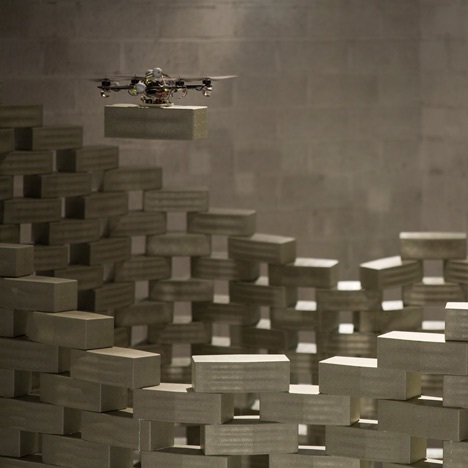 François Lauginie
François Lauginie Robots, and other programmable systems, are playing a larger part in the way that architecture is constructed and used today. Robots are utilised to improve design efficiencies in buildings such as libraries, where robots support book retrieval systems - replacing the relentless book shelf with communal spaces for interaction. Many universities are conducting research into full-scale digital fabrication in architecture using industrial robots. These robots are being used to explore the development of once costly or unbuildable forms and their adaptation for larger-scale commercial use is being determined. For example, robot helicopters are being tested to lift and stack bricks.
The efficiency, precision, strength and speed of robots will allow architectural forms of unprecedented complexity and intricacy to be conceived of and designed. These new fabrication processes have potential to change the practice of architecture— from the design process, to the digital drawing and modeling phase, through to actual construction.
GEreports looks forward to sharing more stories with you about emerging trends and predictions for 2014 in the New Year. In the meantime, do you have a prediction for the coming year? Email your thoughts to [email protected] or leave a comment below.
